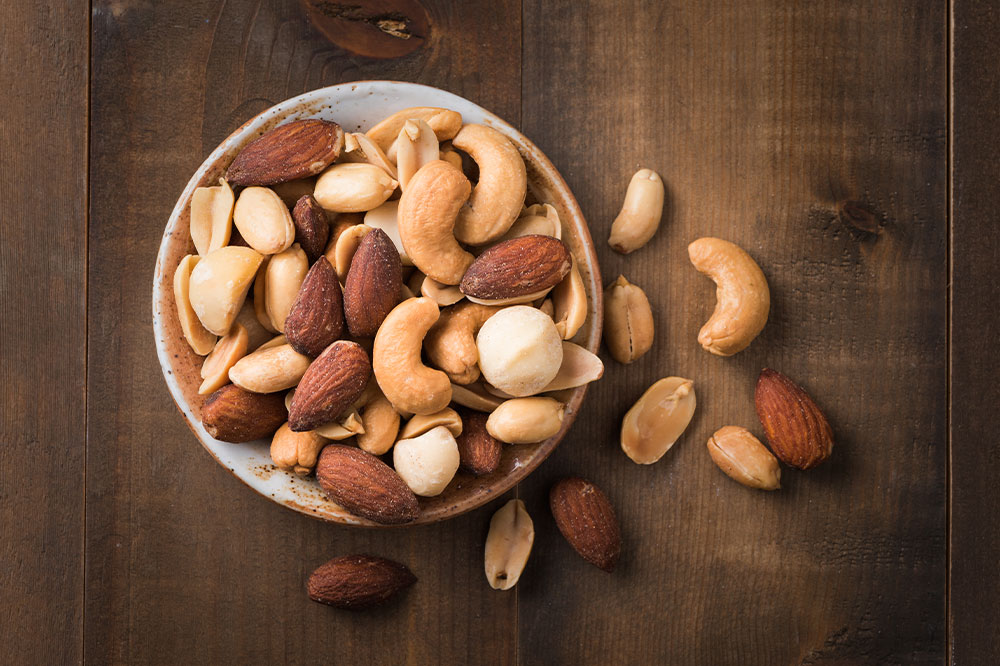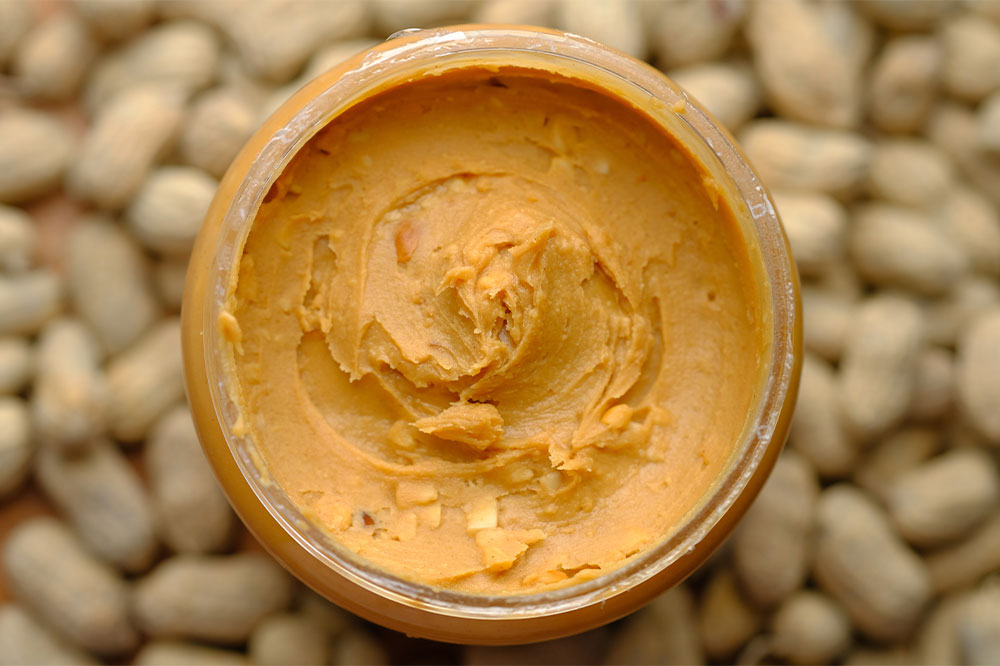8 tips for preventing aortic stenosis

Aortic stenosis is a heart condition caused by the narrowing of the aortic valve. The condition may go unnoticed for years before it worsens, so proactive measures may be required for prevention. Understanding its causes, risk factors, and symptoms is pivotal in developing a robust prevention strategy. So here are a few tips that can help fortify heart health. By incorporating these practices, one can significantly lower the risk of developing aortic stenosis.
Understand the causes
The narrowing of the aortic valve due to aortic stenosis limits the flow of blood through the heart. This may develop due to multiple reasons. Recognizing these factors can help one take proactive steps toward prevention:
– Aging and associated natural wear and tear of the aortic valve over time can lead to narrowing.
– Accumulation of calcium on the valve can cause it to stiffen and narrow.
– Congenital heart problems, i.e., abnormalities in the aortic valve at birth, can lead to aortic stenosis.
– Untreated strep throat or scarlet fever can lead to valve damage.
– Certain autoimmune disorders and inflammatory conditions can trigger valve inflammation.
– Having a two-leaflet valve (bicuspid aortic valve) instead of the normal three can lead to stenosis over time.
– Having undergone chest radiation treatment can damage the aortic valve, increasing the risk of valve stenosis.
Recognize the risk factors
Certain factors heighten the risk of developing aortic stenosis. By addressing the modifiable risk factors, one can significantly lower their chances of developing this serious heart condition.
– Chronic hypertension or high blood pressure puts extra strain on the heart, potentially leading to valve damage.
– Elevated levels of LDL cholesterol can contribute to plaque buildup on the valve.
– A family history of aortic stenosis may increase the susceptibility of developing the condition. Although this factor cannot be controlled, one can recognize the risk and get regularly screened for the condition.
– Poorly managed diabetes can lead to complications affecting the heart valves.
– Pre-existing heart conditions like aortic valve defects can increase the risk.
Get regular health check-ups
Scheduled visits to a healthcare provider are crucial for early detection and management of conditions like high blood pressure, high cholesterol, and diabetes, which are associated with aortic stenosis. Timely intervention can help mitigate these risk factors and prevent aortic stenosis. Regular check-ups with a cardiologist, especially for those with known risk factors or a family history of heart disease, are instrumental in the early detection and prevention of the condition.
Adopt a heart-healthy lifestyle
It is important for those at risk of aortic stenosis to adopt heart-healthy habits as an effective preventive measure. Here are a few lifestyle changes to consider:
– Engaging in physical activity for at least 30 minutes most days of the week can help maintain a healthy heart and manage overall health.
– Excessive salt intake can lead to high blood pressure, exacerbating the risk of aortic stenosis. So, one should avoid processed foods, canned soups, and salty snacks.
– One should avoid saturated and trans fats, as they can contribute to elevated cholesterol levels. So, it is best to limit the intake of fried foods, fatty cuts of meat, and commercially baked goods.
– Cold cuts, sausages, and other processed meats are high in sodium and unhealthy fats, which should be avoided. Alternatively, one can opt for avocados, nuts, seeds, and olive oil, which contain healthy fats that promote good cholesterol levels and overall heart health.
– Foods high in sugar and refined carbs can increase the risk of diabetes, a risk factor for aortic stenosis. Minimizing sugary snacks, sugary drinks, and white bread is a key preventive measure
– Fruits and vegetables are rich in vitamins, minerals, and antioxidants, making them great additions to daily meals for supporting overall heart health.
– One should add whole grains like brown rice, quinoa, and whole wheat bread to meals, as they are rich sources of fiber that help improve heart health.
– One can opt for lean protein sources like skinless poultry, fish, legumes, and tofu, as they do not contain saturated fats found in red meats.
– For those at risk of aortic stenosis, low-fat or fat-free dairy products can help reduce saturated fat intake while still providing essential nutrients like calcium.
Watch out for early signs
Prompt recognition of aortic stenosis symptoms is crucial for timely medical intervention. Common signs of the condition are:
- Chest pain or discomfort: Those with aortic stenosis may experience chest pain or discomfort during physical activity or even at rest. The sensation is typically described as tightness, pressure, or a squeezing feeling.
- Shortness of breath: Aortic stenosis can lead to difficulty breathing, especially during exertion. So, one may find it challenging to catch their breath, even with minimal physical activity. This symptom can progress over time, impacting daily activities.
- Fatigue and weakness: Reduced blood flow from the heart can result in tiredness, weakness, and a decreased ability to engage in regular activities. Simple tasks may become more challenging, and one may feel drained often.
- Heart murmurs: This symptom can be recognized by a healthcare provider. Here, abnormal heart sounds, known as heart murmurs, can be detected during a routine check-up. These murmurs are indicative of turbulent blood flow through the narrowed aortic valve.
- Fainting or dizziness: In advanced cases, aortic stenosis can lead to episodes of fainting or dizziness due to inadequate blood supply to the brain, particularly during exertion or sudden changes in position. The symptom warrants immediate medical attention.
Manage stress
Chronic stress can negatively impact heart health. So, those at high risk of the condition must practice stress-reducing techniques such as meditation, yoga, and regular relaxation practices to promote overall cardiovascular well-being.
Seek treatment for heart-related issues
Conditions like arrhythmias and valve disorders can contribute to the development of aortic stenosis. Here, seeking timely treatment for these conditions is crucial in prevention.
Be informed and proactive
Continued education and awareness are vital for the prevention of aortic stenosis. For those prone to aortic stenosis, it is recommended to stay informed about their heart health, get regular check-ups, and proactively manage risk factors.







